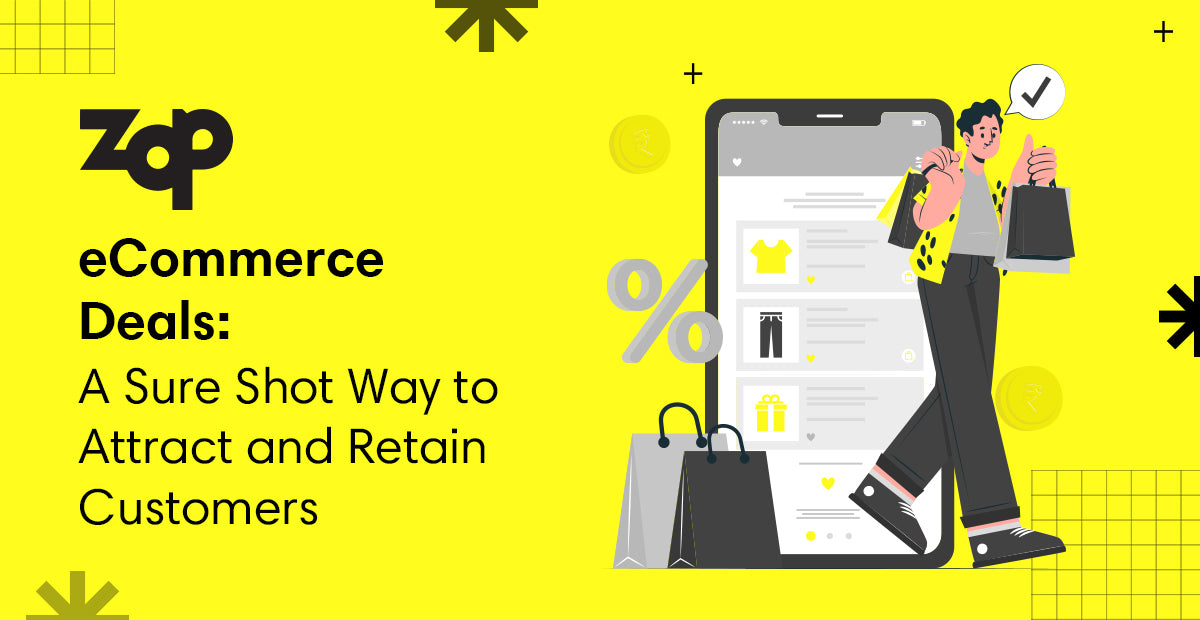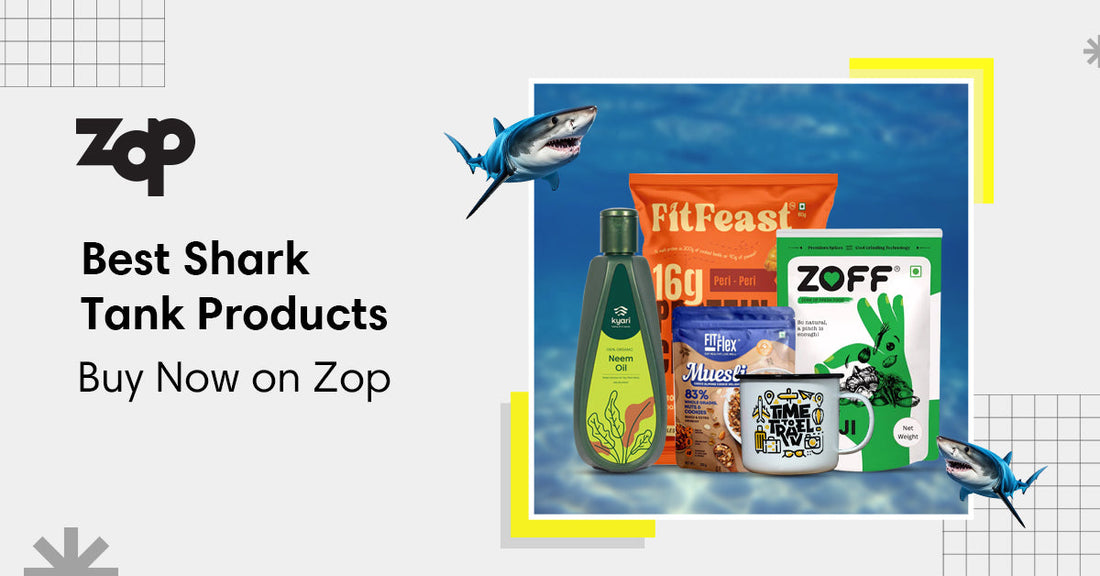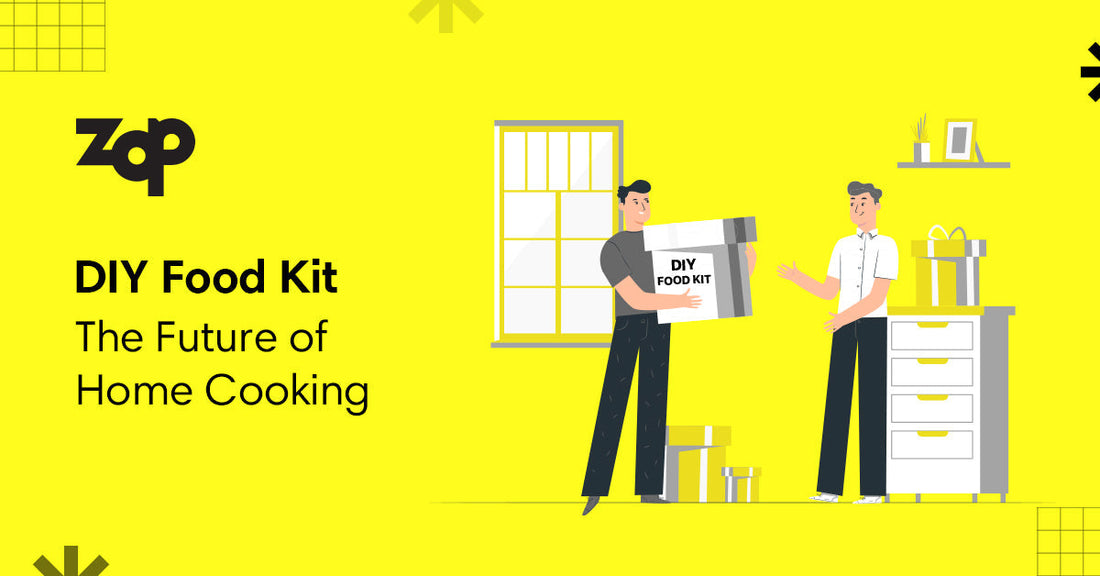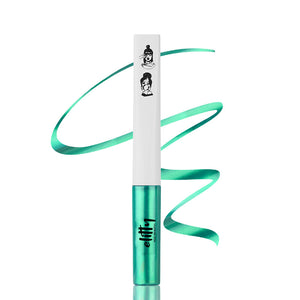eCommerce deals and promotions have become an integral marketing strategy for online businesses aiming to attract and retain customers. And all businesses want to attract and retain customers. These eCommerce deals and promotions are essential to drive customer acquisition and establish long-term customer and brand loyalty.
Personalised eCommerce marketing strategies powered by AI and machine learning are becoming popular. It’s because they enable online businesses to tailor eCommerce deals and promotions to individual customer preferences and shopping behaviours. Data-driven insights enable businesses to predict customer needs and optimise promotional timing, improving their chances of success.
Moreover, the rise of social commerce and livestream shopping has introduced new interactive ways to engage customers in real time. The shift towards omnichannel experiences offers customers an engaging and fulfilling shopping experience across all platforms.
This blog will explore the top 13 eCommerce deals and promotions and their benefits to customers.
Top 13 eCommerce Deals & Promotions for Customers
Let’s look at the most common types of eCommerce deals and promotions for customers.
Discounts and coupons are the most common types of eCommerce deals and promotions for customers. Customers love a good discount offer. It acts as an incentive to increase sales. Discounts are also particularly effective during special events or for new customers. Discounts also act as an effective tool for retaining customers. When a customer receives a coupon or promo code after purchasing from a brand, they are more likely to return for repeat purchases.
BOGO eCommerce deals offer great value for money, especially for price-sensitive customers. And why not? A free product is a great way to provide additional value. This eCommerce deal is generally offered to improve inventory management, facilitating up- and cross-selling of products. These offers are perfect for items that are frequently used and the ones customers purchase in bulk. For instance, cleaning supplies and condiments. Customers consider BOGO deals a generous offer, significantly improving brand loyalty.
This is another great eCommerce deal to attract customers, especially price-sensitive ones. In fact, high shipping costs can destroy great deals for most customers, often forcing them to abandon their carts. According to the Baymard Institute, nearly 48% of customers abandon their online shopping carts because additional costs charged by retailers are too high for them to complete the purchase. These additional costs most commonly include high shipping fees or unexpected taxes.
Free shipping works because customers know that there will be no last-minute surprises in terms of additional charges. Free or discounted shipping not only prevents customers from abandoning their carts it can also encourage them to pay more than they initially planned. This eCommerce deal is often used in combination with a minimum purchase order requirement as it helps increase the average order value.
Flash sales evoke a sense of urgency or FOMO among customers. This time-limited eCommerce deal is a great incentive to attract new customers and drive demand. The time-bound nature of these eCommerce deals, when combined with a limited stock offer, can encourage customers to buy immediately.
Flash sales are designed in a way that prevents customers from spending too much time considering whether they should make the purchase. Flash sales tap into customers’ behaviour to impulsively make a purchase and their fear of missing out. This eCommerce promotion is generally used for under-selling or seasonal products.
Limited-time discounts and other promotional deals create a sense of urgency and increase sales within a short period. A sense of urgency and the fear of missing out are the two most effective ways to speed up a customer’s purchase decisions. A limited-time discount or coupon works wonders when it comes to eliciting urgency in customers. It’s often offered as a standalone deal to customers.
These eCommerce deals and promotions are often inspired by celebrations, holidays, events, or seasons. The most popular seasonal promotions include Black Friday, Cyber Monday, Christmas + New Year, etc. Seasonal promotions and offers bring great benefits to both customers and retailers. Customers are already planning to prepare for a particular season, event, or holiday. Seasonal promotions and offers are less infringing, making shopping more fun for customers.
Loyalty programmes are one of the best eCommerce deals to ensure customers keep returning to a particular brand for repeat purchases. There’s a reason behind loyalty programmes becoming an absolute eCommerce favourite. It’s a win-win situation for both retailers and customers. Loyalty programmes improve brand-customer relationships, increase repeat purchases, reduce the cost of acquiring new customers, and give access to valuable customer data. From a customer’s perspective, it offers them a personalised shopping experience and improves brand loyalty. Member-only promotions are also part of loyalty programmes, where customers get access to exclusive deals, events, etc.
However, loyalty programmes require careful planning to be truly effective. A loyalty program should be easy to join. Most loyalty programmes also fail because customers find it’s taking them too long to earn rewards. Data shows that 45% of consumers don’t like how long it takes to redeem rewards from their loyalty programmes. While 31% of customers find it too difficult to earn rewards, 27% don’t think the rewards earned are valuable enough.
Contests and giveaways are other great eCommerce deals with great benefits for both customers and brands. It’s usually easy for brands to set it up and customers to enter. This eCommerce strategy is not always sales-oriented. Giveaways and contests are a great way to increase customer engagement across different social media platforms. For instance, customers will earn a reward for referring a brand to a friend or family. Spin-a-wheel campaigns are also gaining popularity in the eCommerce industry.
Customers click on a wheel to spin it and earn freebies or discounts depending on what a brand offers as rewards. Contests and giveaways because their interactive nature attracts a customer’s attention and interest. They engage with them because they are curious and excited to find out what they may earn as rewards.
As the name suggests, it targets customers who have abandoned their carts due to any reason. Abandoned cart emails with special or limited-time discounts can guide customers in the proper direction and help them complete the purchase. There are other ways to remind customers to complete the purchase they abandoned. For instance, re-engagement strategies like targeted marketing ads. Offering customers a little extra incentive, including free gifts or samples, special discounts, free shipping, etc., can encourage customers to complete the purchase.
Referral or word-of-mouth marketing will always be one of the most effective ways to attract new customers. In fact, a staggering 9 out of 10 consumers trust referrals from their knowns over any other form of marketing. Word-of-mouth marketing also ties into the social proof aspect of eCommerce. However, not all customers would recommend a brand to their friends or family. Only a handful of customers would do so.
So, how can brands encourage customers to refer them? Motivate them to refer a brand to their friends and family with incentives. These incentives can include rewards points for each referral, gift card, voucher, free gifts, products, samples, etc. Referral rewards can also be tiered, with rewards increasing depending on the referrals a customer brings in.
Offering customers free gifts or product samples can help increase the sales of slow-moving products, perishable goods, or products with a short lifespan. This eCommerce strategy is also often used by brands to introduce a new product to their existing customers. It lets them try the product first-hand and assess its quality without paying anything in return. If they end up having a positive experience with the product sample, they’ll be more likely to purchase it in the future. Customers often receive free product samples as part of their bigger purchases.
Product bundling is an eCommerce marketing strategy that involves selling multiple related products together as a bundle or package at discounted prices. Bundling products can increase average order value, improve inventory management, and enhance customer’s shopping experience. A study by the National Bureau of Economic Research revealed that product bundling can lead to 30% more profits.
Customers will be more likely to take bundled product deals only when the bundled products are complementary, and the bundle is cheaper than individual products separately. Bundle deals give customers the impression that they are getting more value than what they are paying for.
Offering customers personalised product recommendations based on their past purchases is the go-to marketing strategy for most eCommerce businesses. As many as 74% of eCommerce businesses have a personalisation programme on their websites. Personalised product recommendations can increase conversions, sales, customer engagement, and retention, ensuring repeat business. According to Twilio Segment, 60% of customers are likely to repeat a purchase when they receive a personalised shopping experience. It also helps rotate the standing inventory of products that need to sell out quickly.
Conclusion
The dynamic nature of eCommerce promotions requires businesses to continuously adapt and innovate to remain ahead in the market. While traditional eCommerce promotional deals like discounts and free shipping remain effective, access to advanced technologies and customer data analytics offers great opportunities for businesses to personalise a customer’s shopping experience and engage them.
Adapting to trends such as social commerce, livestream shopping, and omnichannel strategies enhances customer experiences, drives higher conversion rates, and customer loyalty. To keep up with the evolving eCommerce industry, leveraging these trends effectively will be key to maximising the impact of eCommerce marketing strategies and ensuring sustained business growth in the digital marketplace.












